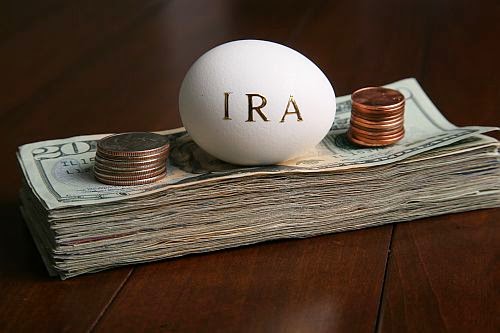If you are in the midst of getting a divorce or you're already divorced, you might be awarded some or all of your ex-spouse's company retirement plan funds, such as a 401(k) plan, as part of the property settlement. If so, there are a few things you need to know before you get those funds.
 A domestic relations order (DRO) is a court order that directs your ex-spouse's company retirement plan to pay you part of the retirement funds that were bargained for in the divorce. Once the plan gets the DRO, they will determine whether or not it is qualified, and if so, it becomes a qualified domestic relations order (QDRO). The plan will then contact you at some point to give you choices on what you can do with the money. The QDRO cannot force the plan to offer you an option that is not part of the plan. Generally, one of the choices is to roll over the money to an IRA in your own name, BUT the plan is not required to offer you that option.
A domestic relations order (DRO) is a court order that directs your ex-spouse's company retirement plan to pay you part of the retirement funds that were bargained for in the divorce. Once the plan gets the DRO, they will determine whether or not it is qualified, and if so, it becomes a qualified domestic relations order (QDRO). The plan will then contact you at some point to give you choices on what you can do with the money. The QDRO cannot force the plan to offer you an option that is not part of the plan. Generally, one of the choices is to roll over the money to an IRA in your own name, BUT the plan is not required to offer you that option.
If you choose to do the IRA rollover, the rollover is tax-free and those IRA funds are now yours. It’s as if those funds have always been in your IRA, and you will be subject to the IRA rules. The main advantage to the IRA rollover is that the money can continue to grow on a tax-deferred basis, and you will be saving that money for your own retirement. After the rollover, if you leave the money in your IRA, you have to begin taking required minimum distributions when you turn age 70 ½. However, if you decide to take money out of your IRA before then to pay some bills and you are under age 59 ½ at the time, the IRA distribution will be taxed, and you may be subject to a 10% early distribution penalty if no exception applies.
If you know you’re going to need to use some of the money you get via the QDRO, there is an advantage to NOT doing the IRA rollover. Specifically, if you’re under age 59 ½ when you get the funds, there is an exception to the 10% early distribution penalty for QDRO distributions from a company retirement plan (what I’ll call the QDRO exception to the 10% penalty). You’ll still be taxed on the QDRO distribution, but at least you won’t get hit with the 10% penalty. However, if you first roll the money to an IRA and then take an IRA distribution, the 10% penalty applies. The reason is that the QDRO exception to the 10% penalty does NOT apply to an IRA; it only applies to company retirement plans.
So before you decide whether or not to do an IRA rollover if you’re under age 59 ½, first decide whether you’re going to need to spend some of that money. If you’ll need some spending money, don’t roll over that amount to an IRA so you can avoid the 10% penalty. You could still choose to roll over the rest of the money to an IRA.
- By Joe Cicchinelli and Jared Trexler









0 comments:
Post a Comment